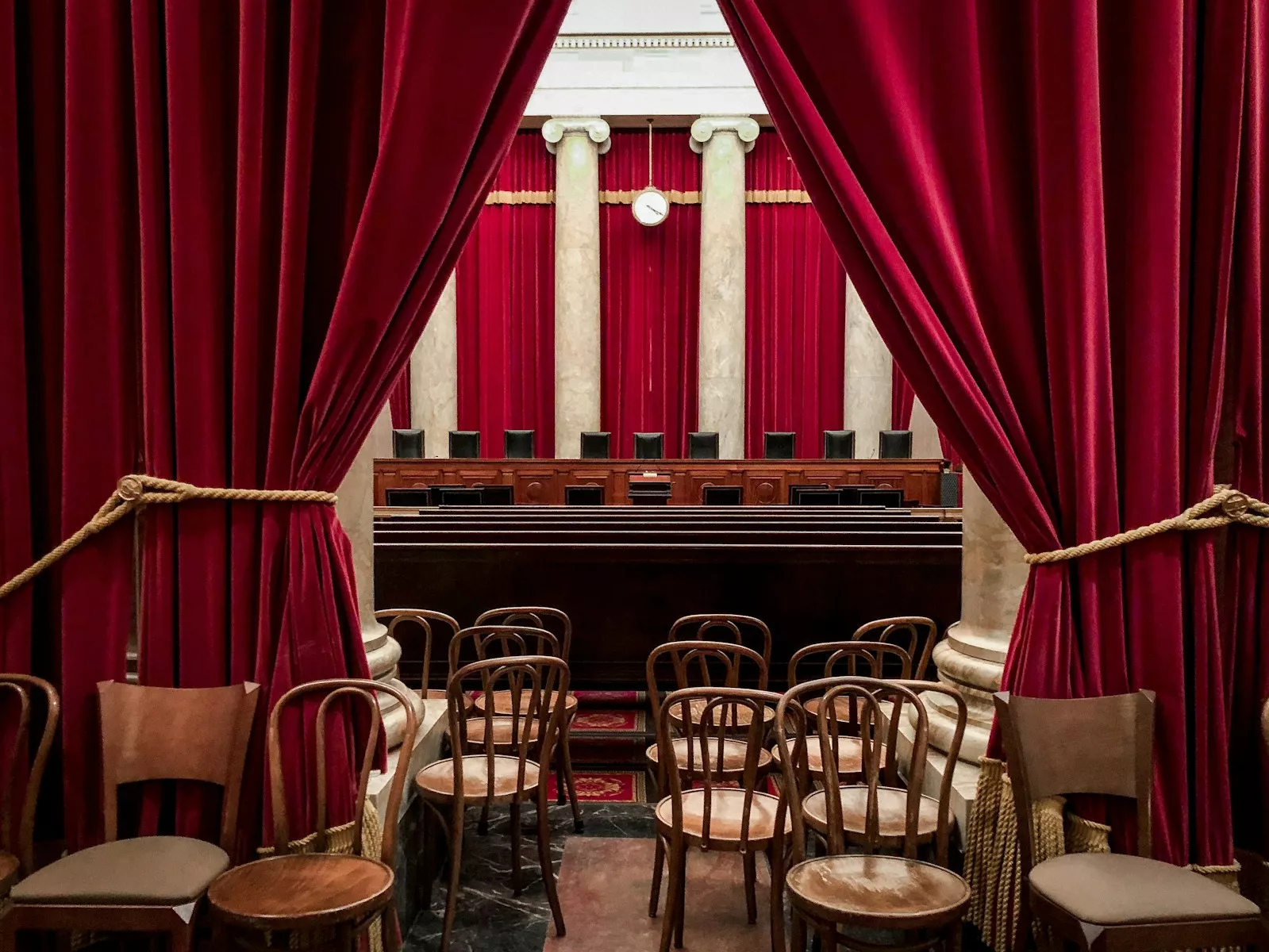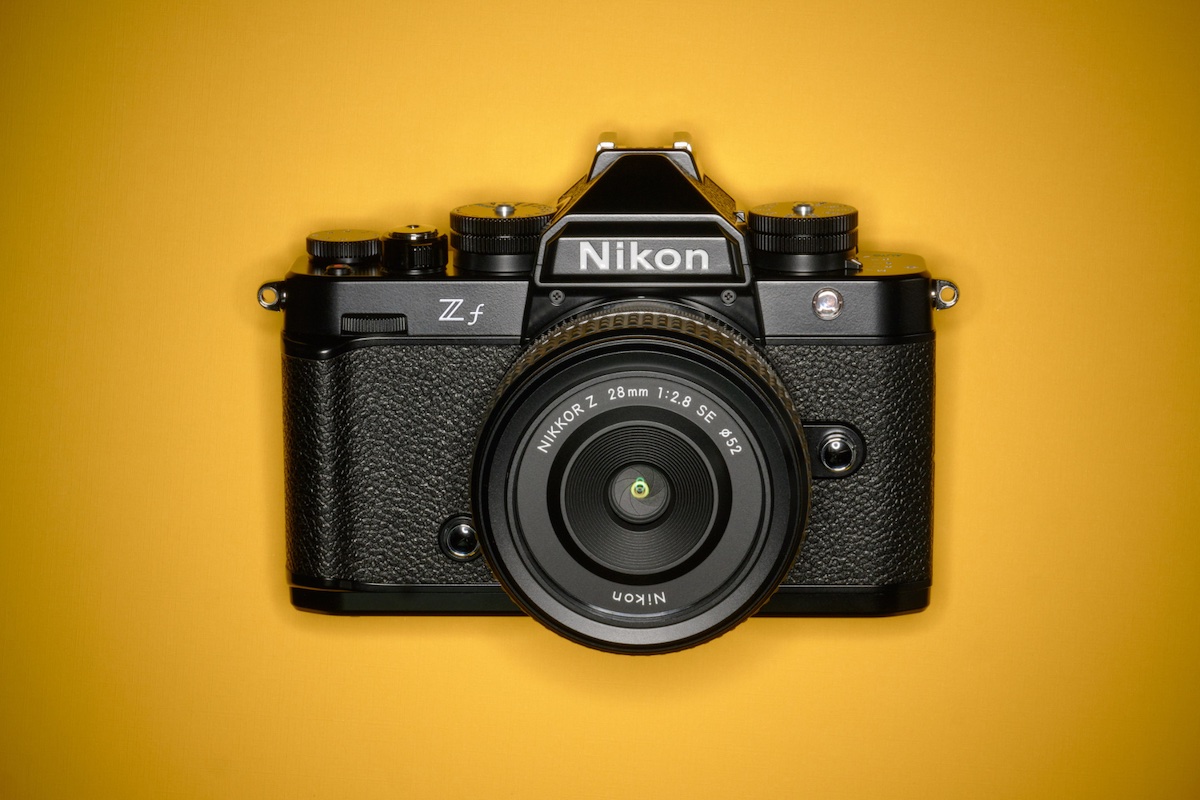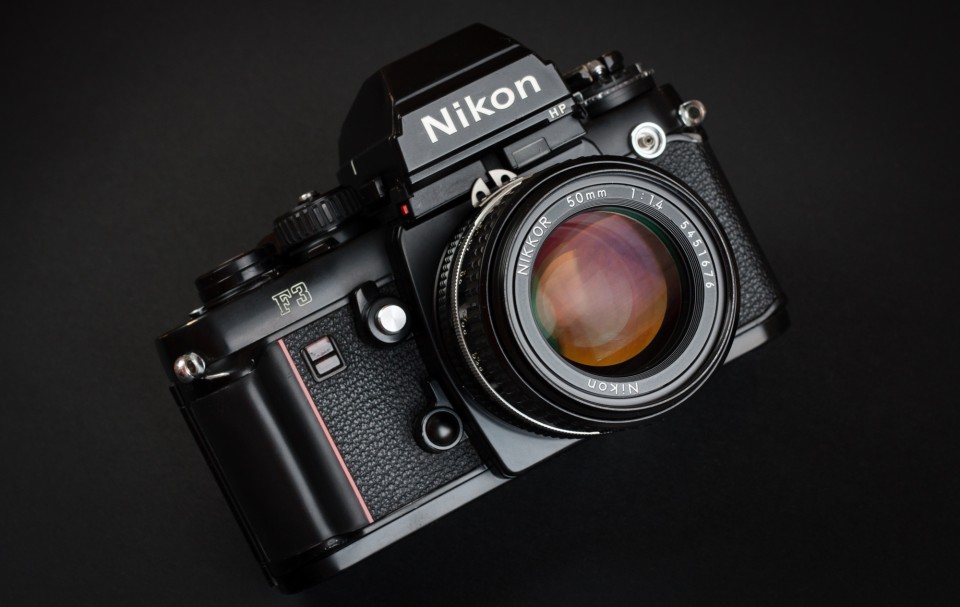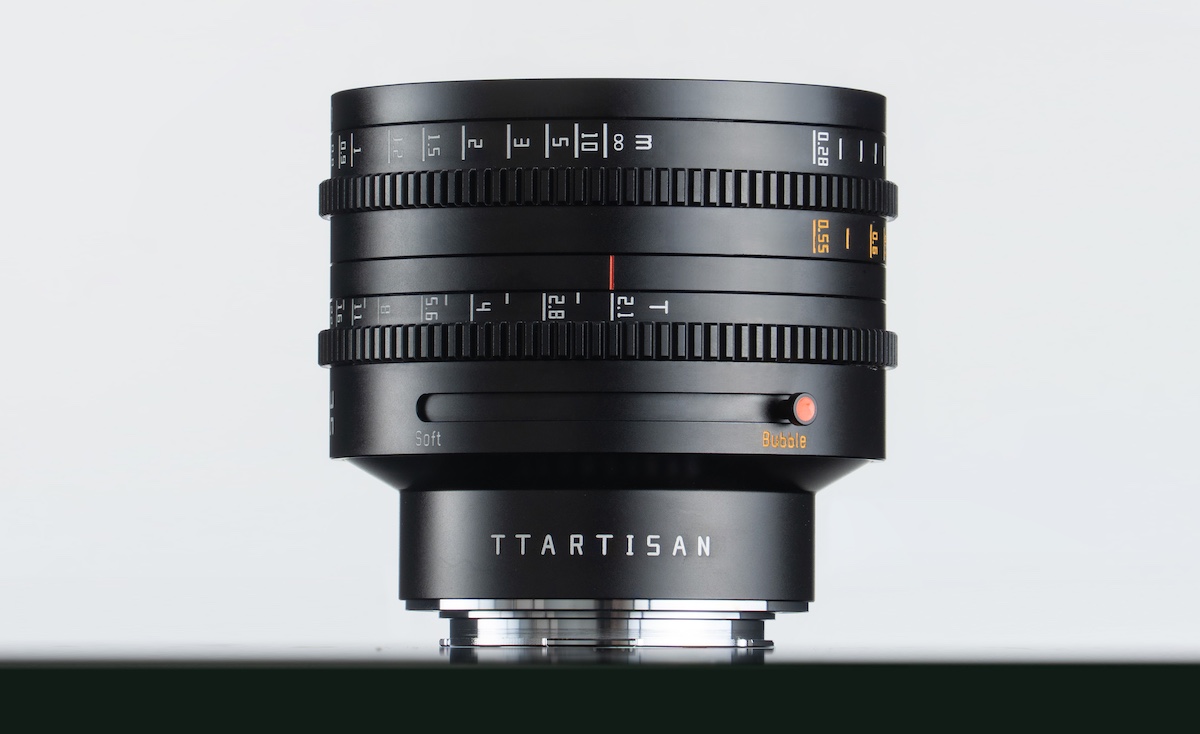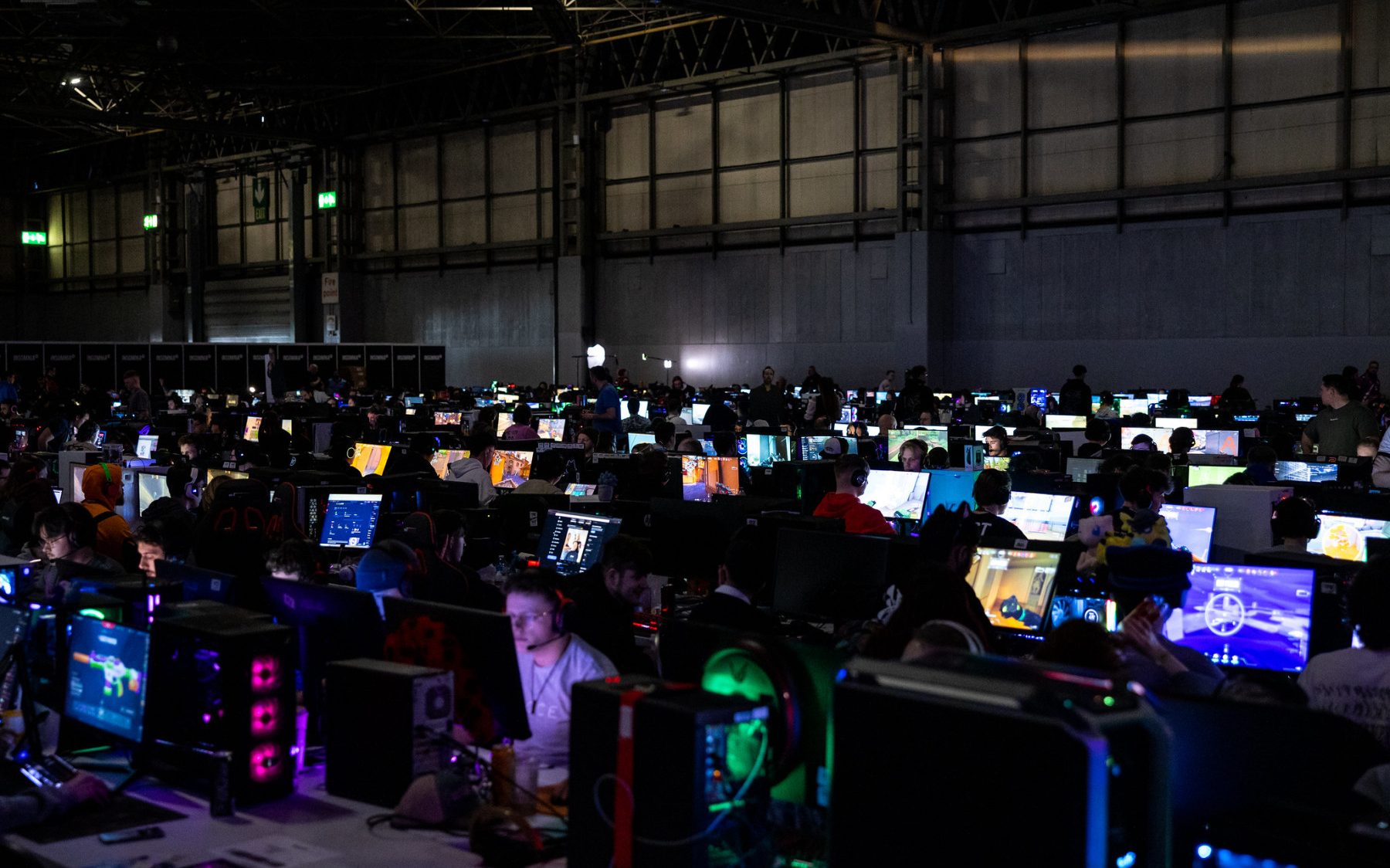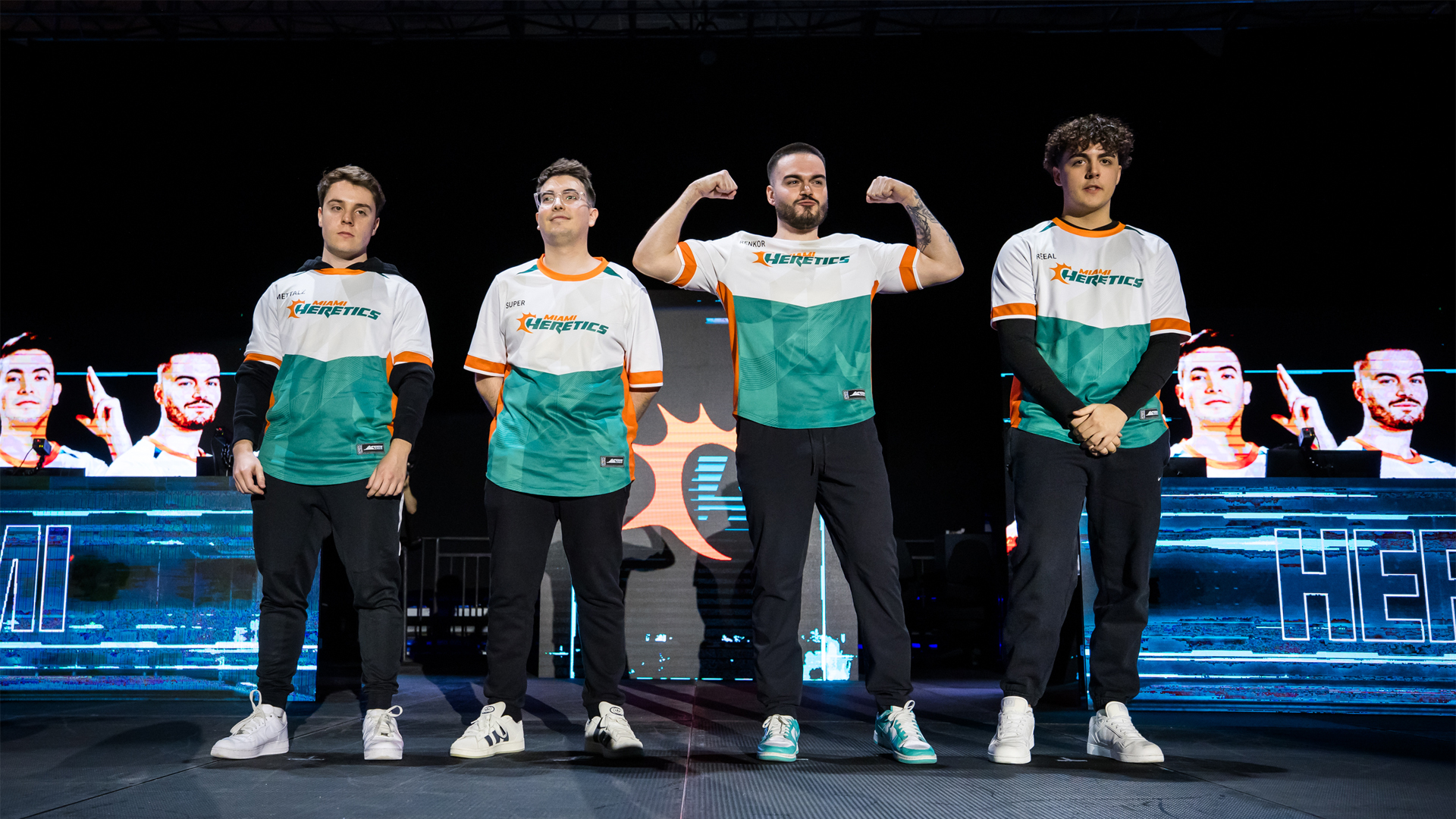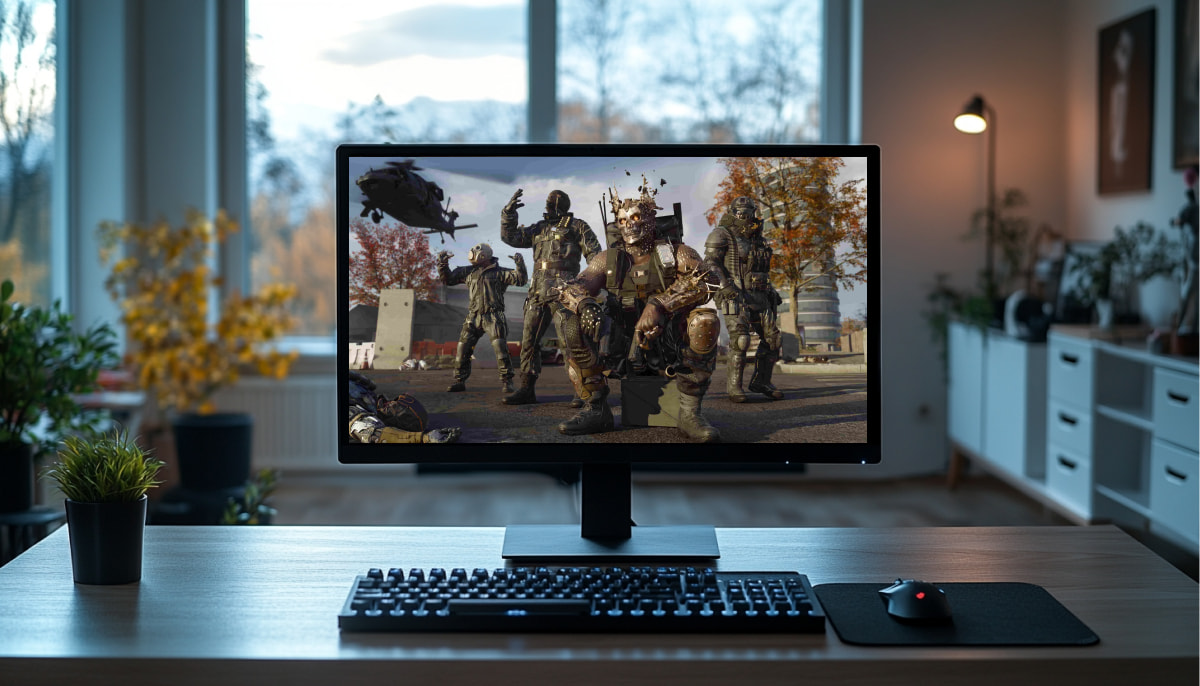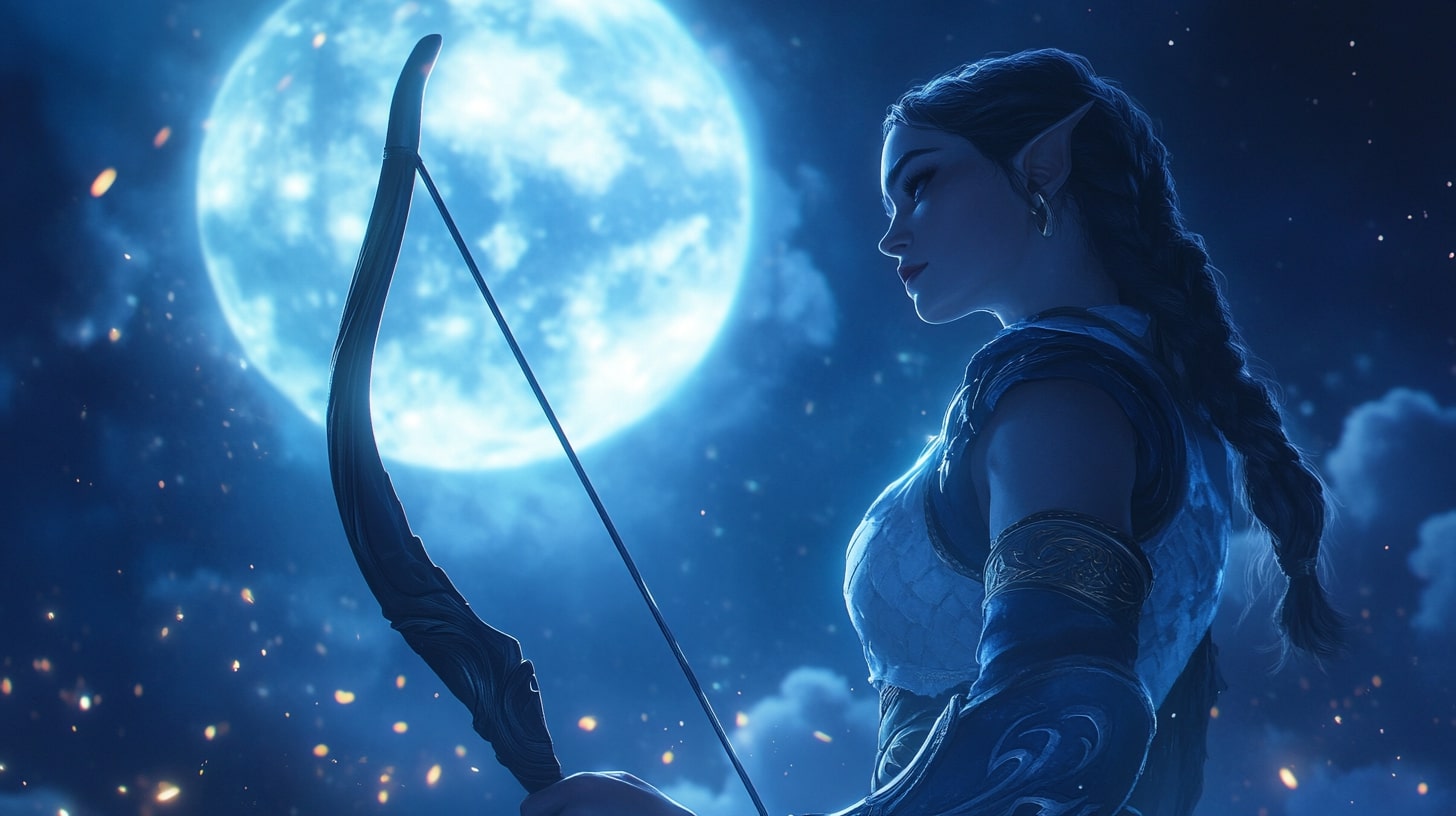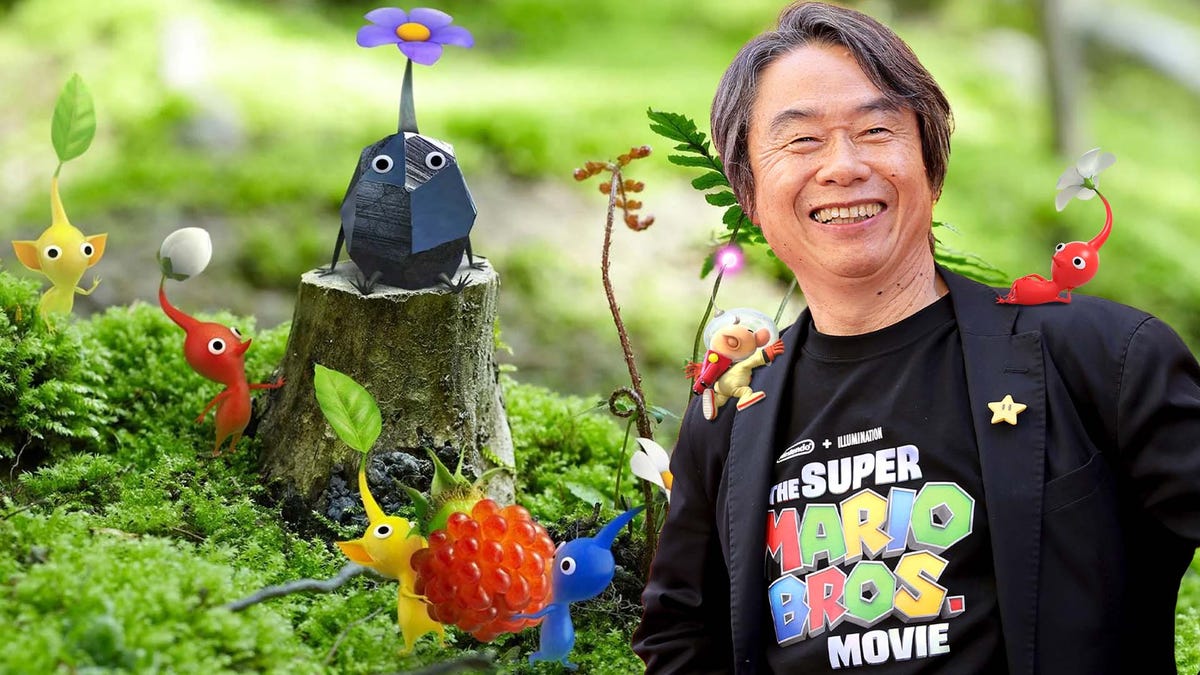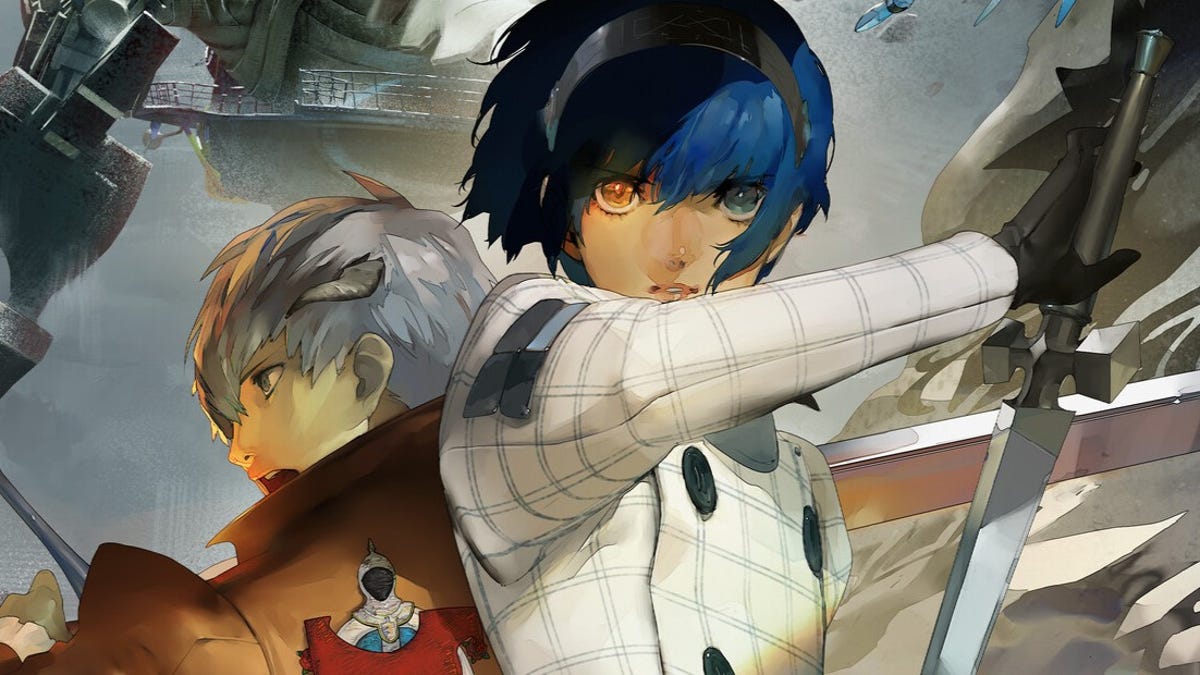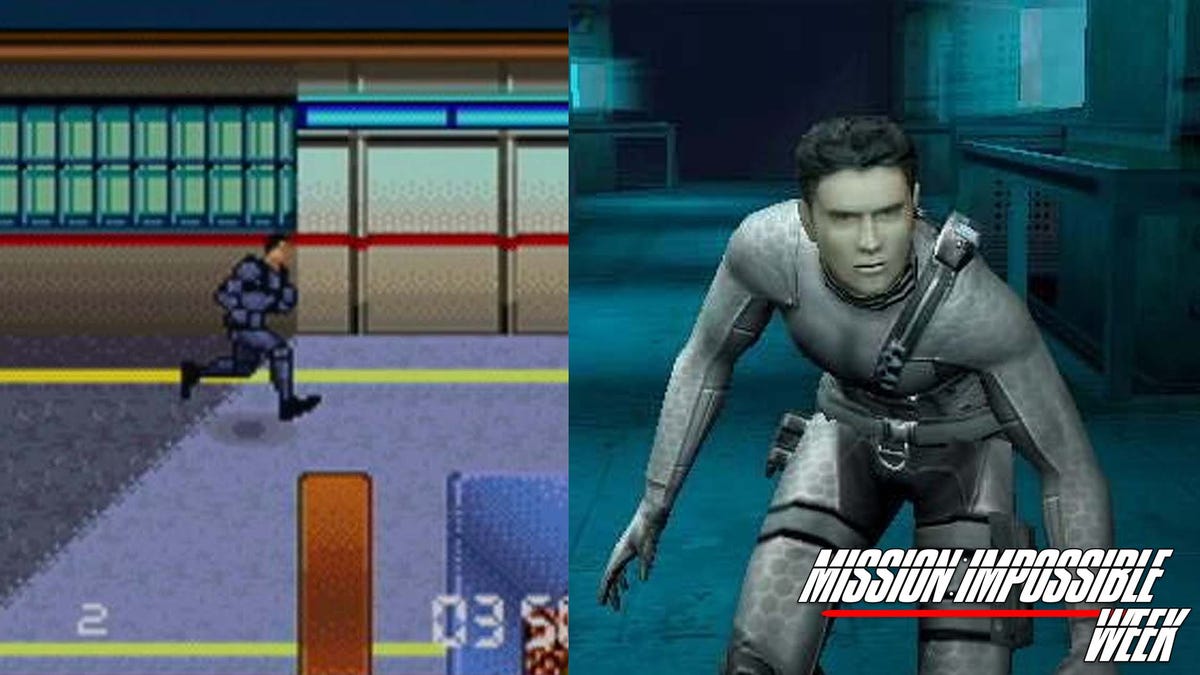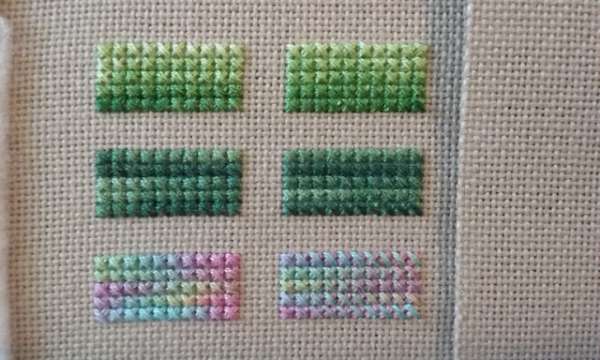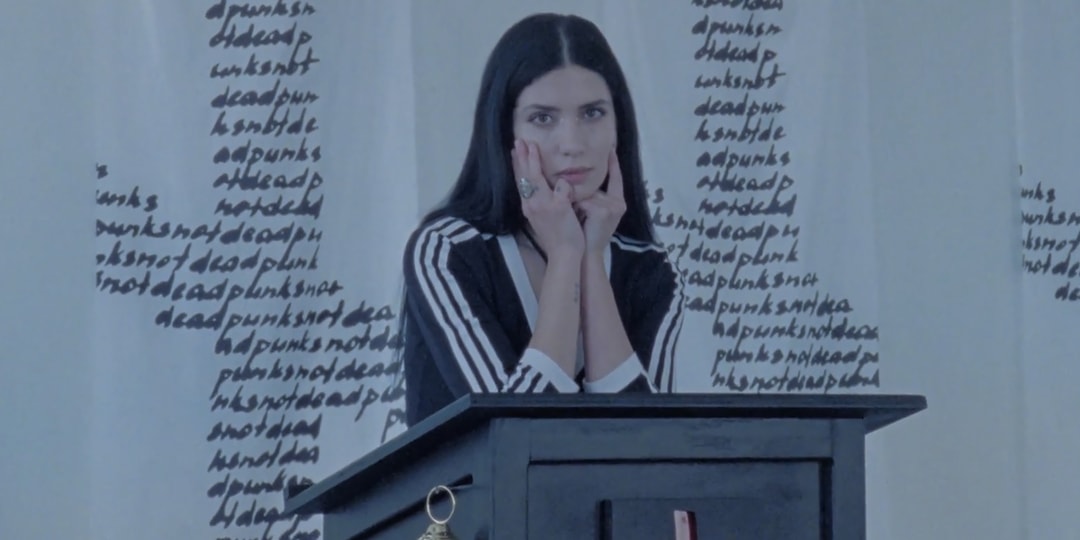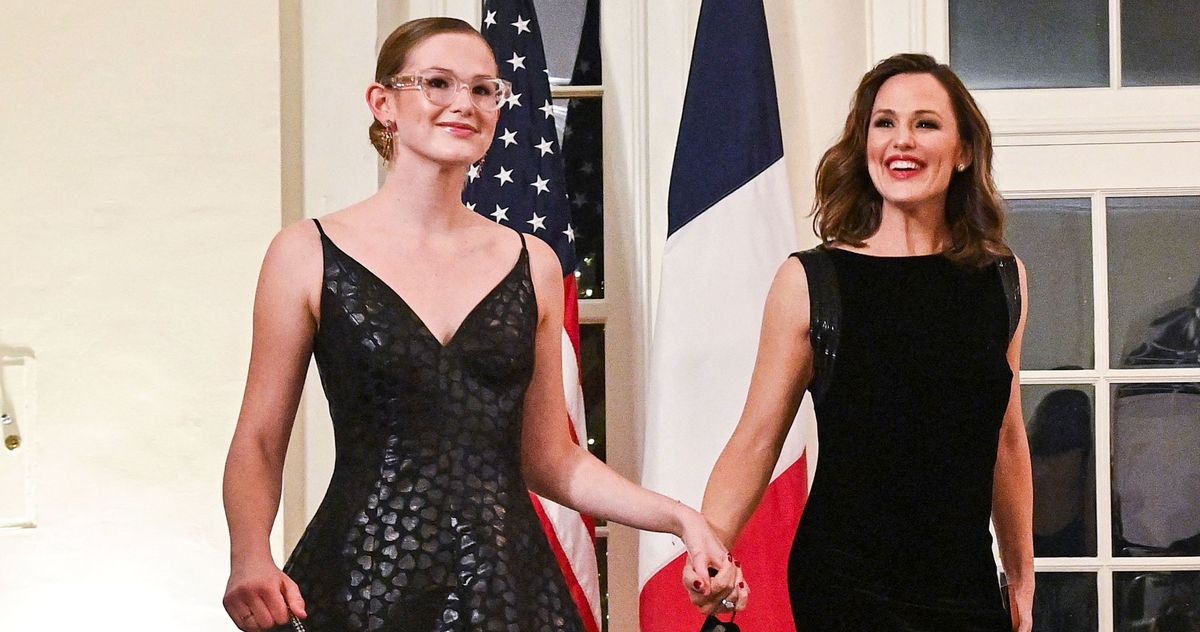Only Brandon Sanderson could invent a sword that needs therapy
Grappling with mental health issues is a major theme in Brandon Sanderson’s epic fantasy series The Stormlight Archive. As the series’ heroes fight hostile armies and the machinations of a god bent on controlling the entire cosmere, they also have to confront their own depression, imposter syndrome, and repressed memories in order to grow and […]


Grappling with mental health issues is a major theme in Brandon Sanderson’s epic fantasy series The Stormlight Archive. As the series’ heroes fight hostile armies and the machinations of a god bent on controlling the entire cosmere, they also have to confront their own depression, imposter syndrome, and repressed memories in order to grow and gain new magical powers. But it’s not just the people who need therapy — it’s just as valuable for the series’ sentient swords.
The Stormlight Archives is set on the wartorn world of Roshar, where the most powerful warriors wield massive swords known as Shardblades. Shardbearers can summon the six-foot blades from mist and turn the tide of battles by cutting through everything in their path. Princes duel each other to show off their combat prowess for the right to wield them.
But it turns out those swords used to be even cooler. Shardblades are the physical manifestation of spren, sentient fragments of the gods Honor and Cultivation that can bond with humans to bestow them with incredible powers like healing, flight, and the ability to create illusions. But long ago the humans laid down their blades and broke the oaths that bound them and their spren together. That process proved to be so traumatizing to the spren that it locked them in the shape of weapons in the physical world. In their own world, the Cognitive Realm, these spren appear to have their eyes scratched out and wander around catatonic.
Prince Adolin Kholin is blissfully unaware of all of this baggage when the series opens. He just loves fighting duels with his shardblade. But as the series goes on and his friends and relatives start bonding new spren, he starts feeling outclassed. His dad urges him to set aside his dead shardblade in the hopes of attracting a living spren, but he refuses to abandon it.

Instead he starts talking to his blade, imagining it was listening to him. And it turns out it was. Through persistence, he is able to reach Mayalaran, who shares her name and basic thoughts with him. That bond lets him summon the blade faster than normal and in the Cognitive Realm, Maya doesn’t just follow him aimlessly but fights on his behalf and eventually finds her voice again. Her connection to someone who wouldn’t give up on her allowed her to heal. Maya then becomes able to reach out to other spren who had similarly been viewed as irreparably broken and rallies them to help Adolin and the people he fought with. They found a path forward with a new sort of bond that didn’t put all the power in the hands of humans.
Sanderson further explores the theme of talking to those who seem unreachable with Adolin’s friend Kaladin, a surgeon’s apprentice turned legendary soldier. Adolin fights to help Kaladin cope with his depression and PTSD, and Kaladin takes that as a calling after discovering that the conventional medical wisdom is to leave the mentally ill alone in dark rooms. He starts using group therapy to help other soldiers. The work is so successful he’s tasked with helping Szeth, an extremely skilled warrior and assassin driven mad by a cycle of abuse and self-loathing.
Kaladin has a hard time reaching Szeth, but through extensive work is able to help him cope with his intrusive thoughts. But Szeth isn’t the only one who needs that therapy. The lessons are also learned by Szeth’s sentient sword Nightblood.
Nightblood looks like a Shardblade, but it was forged on another world with the purpose of destroying evil. Unfortunately, it doesn’t really understand what evil is. As a result, it’s often very cheerfully telling people who carry it that they should start killing people around them because they might be evil, and also it gets bored when sheathed. When it is wielded, it’s overwhelmed by bloodlust and will quickly drain the life from whoever is swinging it.
Kaladin teaches Szeth that he is not a thing — that he doesn’t deserve how he’s been treated as a pawn by greater powers. His words also hit home for Nightblood, who was sent across worlds for the purpose of killing a god. That therapy helps Szeth free his homeland from the same twisted force that ruined his childhood with Nightblood in hand, with the sword restraining itself and avoiding killing Szeth because it realized it’s also not a thing. It’s a triumph for the power of therapy for humans and sentient weapons alike.































